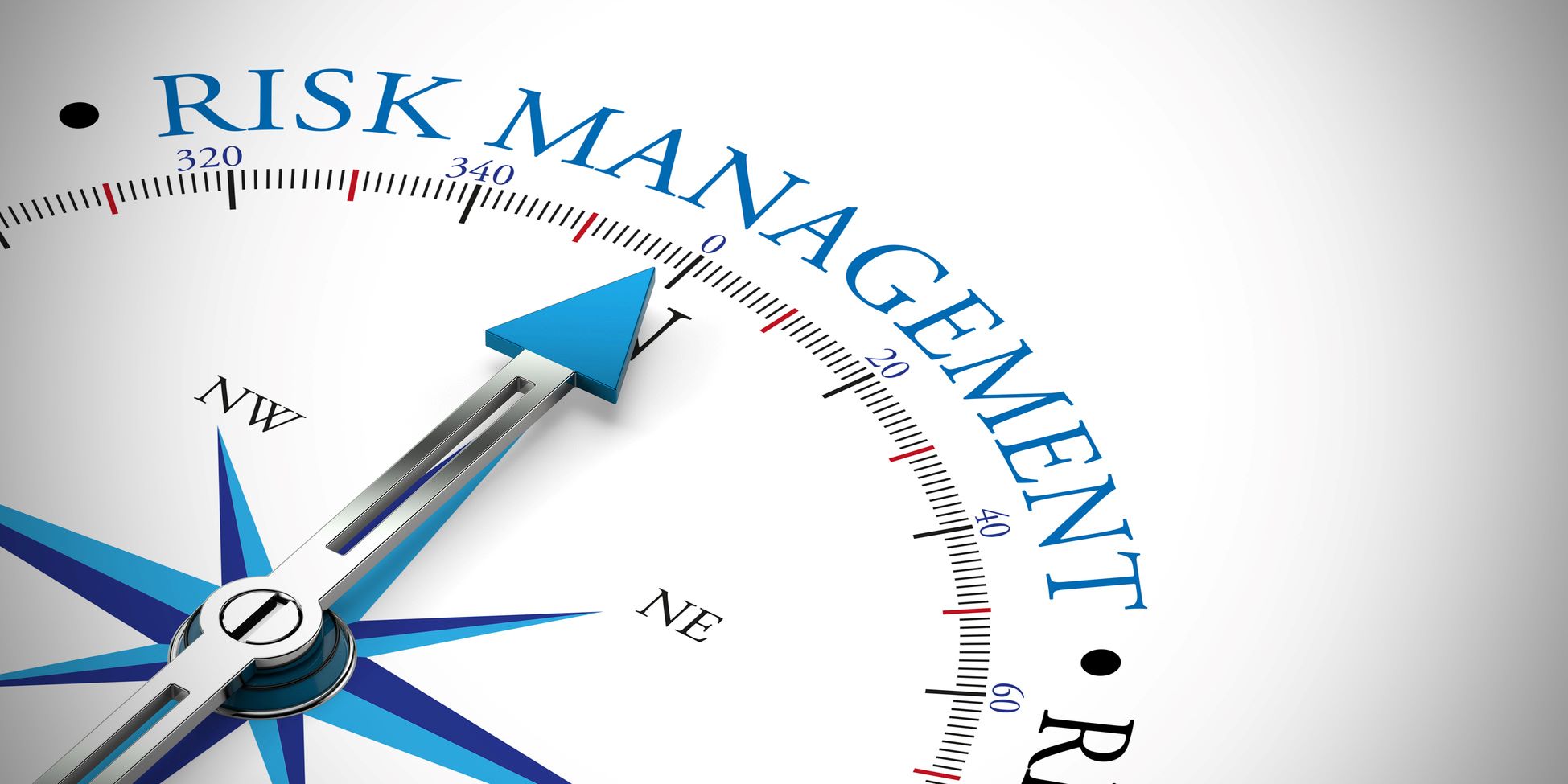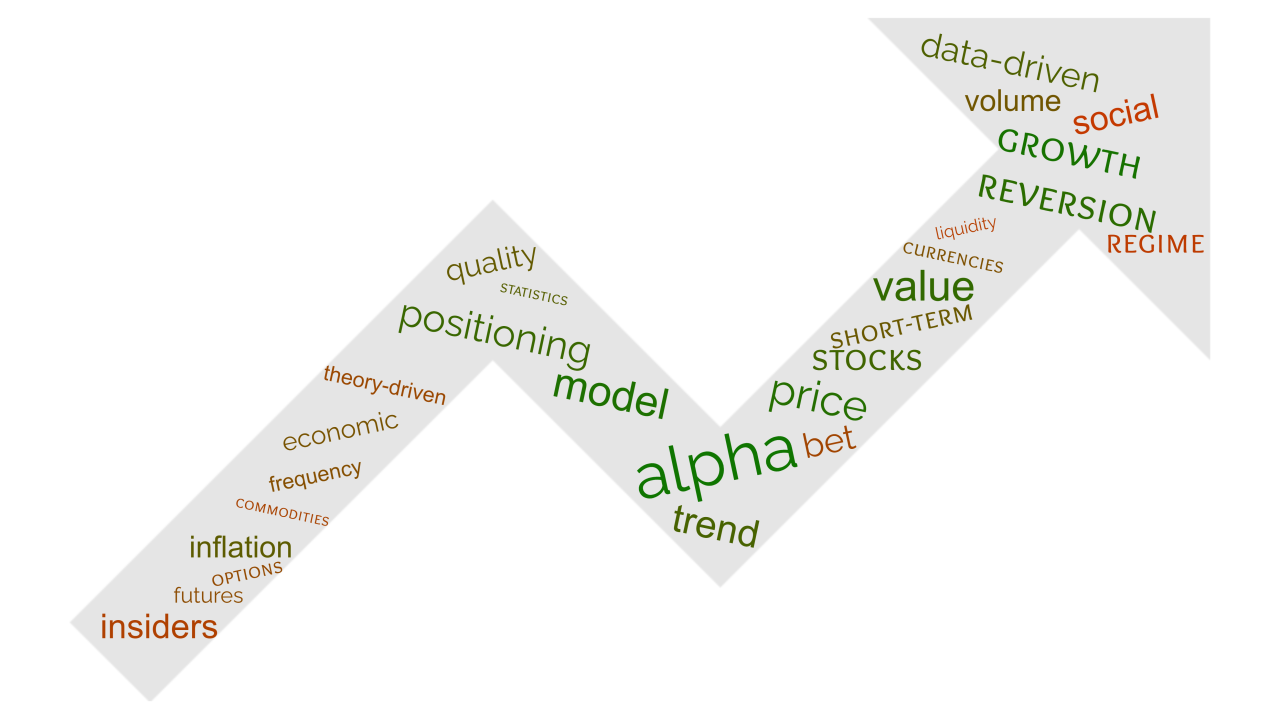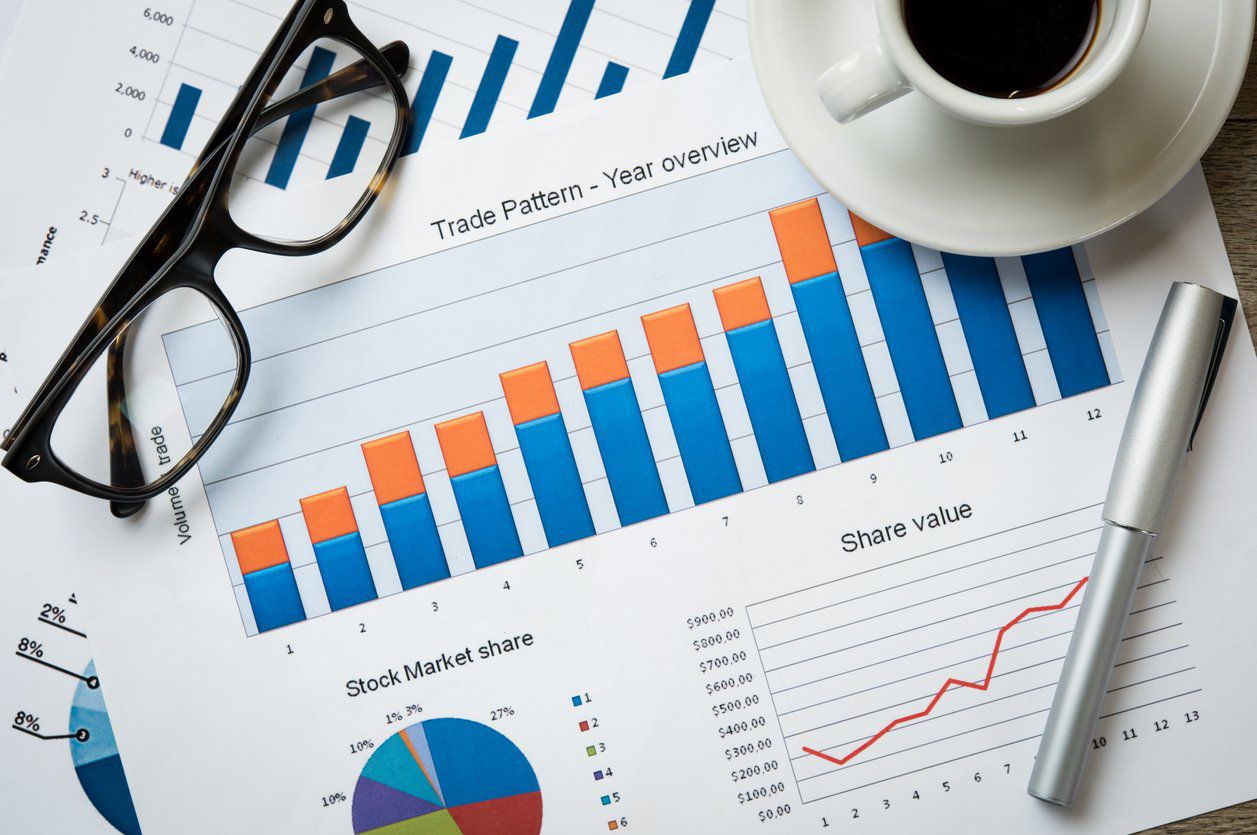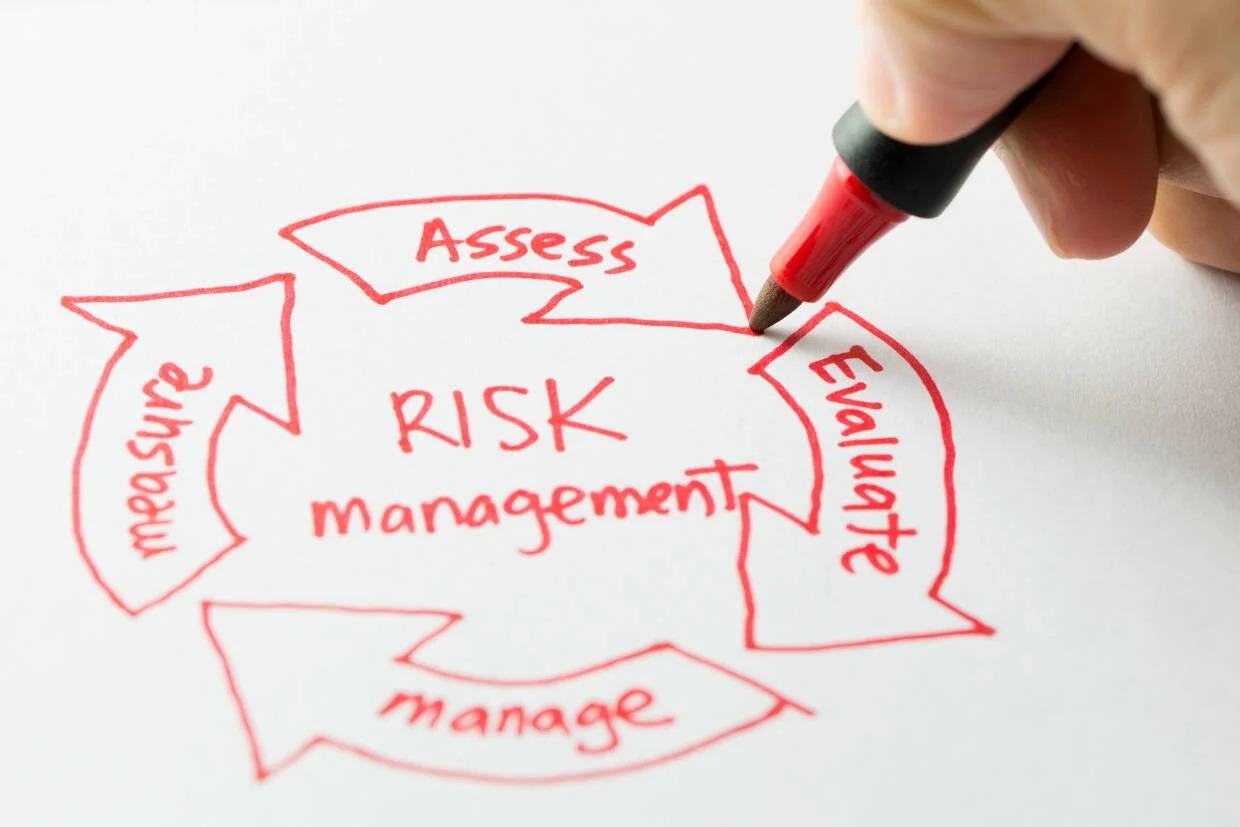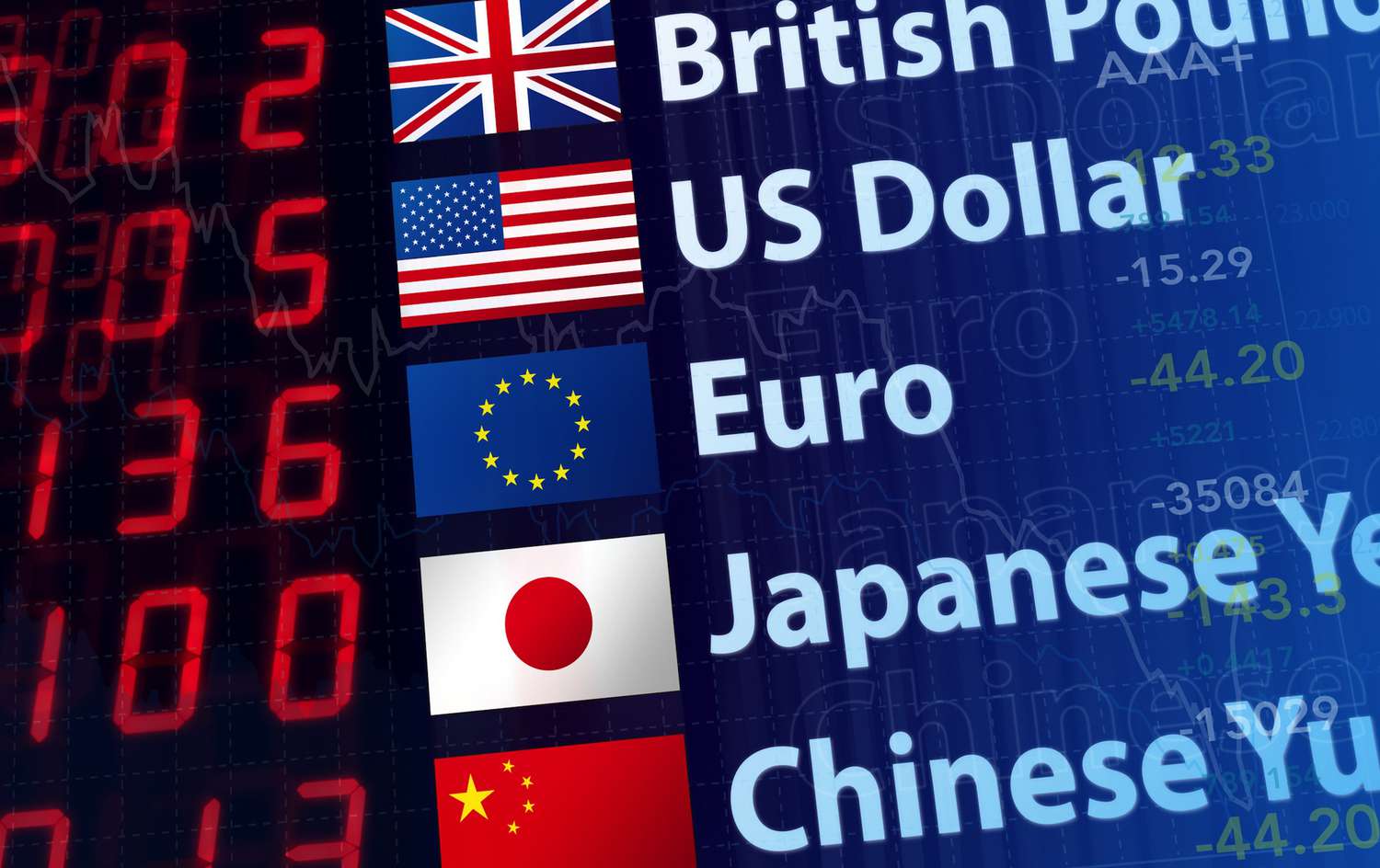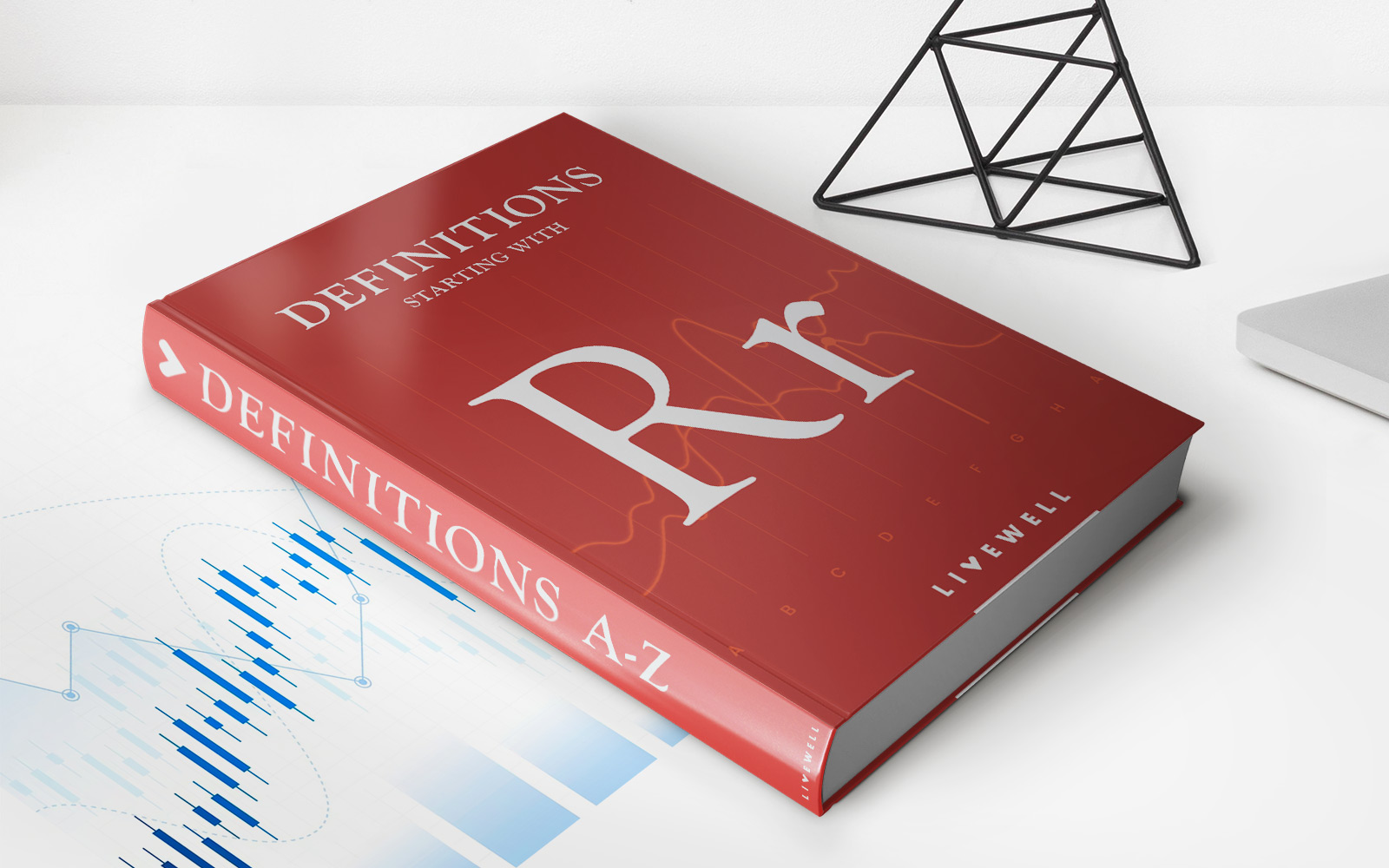Home>Finance>What Is A Measure Of The Sensitivity Of A Stock Or Portfolio To Market Risk?


Finance
What Is A Measure Of The Sensitivity Of A Stock Or Portfolio To Market Risk?
Modified: December 30, 2023
Discover the role of finance in measuring the sensitivity of stocks and portfolios to market risk. Understand the significance of this key indicator in investment analysis.
(Many of the links in this article redirect to a specific reviewed product. Your purchase of these products through affiliate links helps to generate commission for LiveWell, at no extra cost. Learn more)
Table of Contents
- Definition of Market Risk
- Importance of Measuring Market Risk
- What Is Sensitivity to Market Risk?
- Beta Coefficient as a Measure of Sensitivity to Market Risk
- Calculation and Interpretation of Beta
- Limitations of Beta as a Measure of Sensitivity to Market Risk
- Other Measures of Sensitivity to Market Risk
- Conclusion
Definition of Market Risk
Market risk refers to the potential for losses in an investment portfolio due to the fluctuation of market prices. It encompasses the overall risk faced by an investor or a company arising from the unpredictable movements in the financial markets.
This type of risk is inherent in all types of investments, such as stocks, bonds, commodities, and currencies. The prices of these assets are influenced by various factors, including economic conditions, political events, industry trends, and investor sentiment. As a result, their values can rise or fall, leading to potential gains or losses for investors.
Market risk is different from specific risk, which relates to risks specific to an individual company or investment. While specific risk can be mitigated or diversified through careful company selection or portfolio diversification, market risk is systemic and affects the broader market as a whole.
Investors need to be aware of market risk and understand its potential impact on their investment portfolio. By assessing and managing market risk effectively, investors can make informed decisions about their asset allocation, diversification, and risk tolerance.
It is important to note that market risk is not limited to downward movements in market prices. It also includes the probability of prices moving in unexpected directions, causing volatility and uncertainty in the market. This volatility can create opportunities for some investors, while posing challenges for others.
Overall, understanding market risk is crucial for investors to navigate the ever-changing financial landscape, make informed investment decisions, and safeguard their portfolios against potential losses.
Importance of Measuring Market Risk
Measuring market risk is essential for investors and financial institutions as it provides valuable insights into the potential volatility and uncertainty of investment portfolios. By understanding and quantifying market risk, investors can make informed decisions regarding their asset allocation, risk management strategies, and overall financial well-being.
Here are a few key reasons why measuring market risk is important:
- Risk Management: Measuring market risk helps investors identify and analyze the potential risks associated with their investments. It allows them to implement risk management strategies and measures to mitigate potential losses and protect their portfolios.
- Portfolio Diversification: Measuring market risk enables investors to assess the correlation between different asset classes and make informed decisions about portfolio diversification. By spreading investments across multiple sectors and asset classes, investors can reduce their exposure to specific risks and increase the resilience of their portfolios.
- Investment Decision-making: Measuring market risk provides investors with valuable information that aids in the decision-making process. It helps them evaluate the potential returns and risks associated with different investment options, allowing for better-informed investment decisions.
- Stress Testing: Measuring market risk allows investors to conduct stress tests, which involve assessing the potential impact of extreme market events on their portfolios. By simulating various scenarios, investors can evaluate the resilience of their portfolios and make adjustments to mitigate potential losses.
- Regulatory Compliance: Financial institutions, such as banks and investment firms, are required to measure and report market risk in order to comply with regulatory guidelines. Failure to accurately measure market risk can result in financial penalties and reputational damage.
Overall, measuring market risk provides investors with a comprehensive understanding of the potential risks and rewards associated with their investment portfolios. It enables them to make informed decisions, manage risk effectively, and achieve their financial goals in an ever-changing market environment.
What Is Sensitivity to Market Risk?
Sensitivity to market risk, also known as market sensitivity, measures the degree to which the value of a stock or investment portfolio is influenced by changes in the overall market. It indicates how responsive an investment is to fluctuations in market prices.
Investments with high sensitivity to market risk are considered more volatile and are likely to experience larger price swings in response to market movements. On the other hand, investments with low sensitivity to market risk are generally more stable and may not be as affected by market fluctuations.
Sensitivity to market risk is typically measured using statistical tools, with beta being the most commonly used measure. The beta coefficient quantifies the relationship between the returns of an investment and the returns of the overall market.
When an investment has a beta of 1, it is said to have the same level of market risk as the overall market. If the beta is less than 1, the investment is considered less sensitive to market risk, indicating potential stability during market downturns. Conversely, a beta greater than 1 implies higher sensitivity to market risk and the potential for larger gains or losses compared to the overall market.
It is important to note that sensitivity to market risk can vary across different investment sectors and asset classes. Some sectors, such as technology or emerging markets, may exhibit higher levels of market sensitivity due to their inherent volatility and sensitivity to economic conditions. Other sectors, such as utilities or consumer staples, may have lower levels of market sensitivity due to their relatively stable and non-cyclical nature.
By understanding the sensitivity to market risk of their investments, investors can make more informed decisions about asset allocation, diversification, and risk management. This knowledge can help them build a portfolio that aligns with their risk tolerance and financial goals.
It’s important to note that sensitivity to market risk is just one aspect to consider when evaluating investments. Other factors, such as company fundamentals, industry trends, and macroeconomic conditions, should also be taken into account to make well-rounded investment decisions.
Beta Coefficient as a Measure of Sensitivity to Market Risk
The beta coefficient is a widely used measure of sensitivity to market risk. It quantifies the relationship between the returns of an investment and the returns of the overall market. Specifically, it measures the extent to which an investment’s price moves in response to changes in the market.
The beta coefficient is calculated by comparing the historical returns of the investment to the historical returns of a market index, such as the S&P 500. The beta can be positive or negative, indicating the direction of the relationship between the investment and the market.
A beta of 1 indicates that the investment’s price tends to move in line with the market. This means that if the market experiences a 10% increase, the investment is expected to also increase by approximately 10%. Conversely, if the market declines by 10%, the investment is likely to decrease by a similar percentage.
A beta greater than 1 suggests that the investment is more volatile and tends to magnify the movements of the market. For example, a beta of 1.5 indicates that if the market increases by 10%, the investment is expected to increase by 15%. On the other hand, if the market declines by 10%, the investment is likely to decline by 15%.
Conversely, a beta less than 1 indicates that the investment is less volatile and tends to be more stable compared to the market. For example, a beta of 0.8 suggests that if the market increases by 10%, the investment is expected to increase by 8%. If the market declines by 10%, the investment is likely to decline by 8%.
The beta coefficient provides important information to investors, as it helps them assess the potential risks and rewards associated with an investment. A higher beta implies a higher level of risk and potential return, while a lower beta suggests a lower level of risk and potential return.
It’s important to note that the beta coefficient is not a perfect predictor of an investment’s future performance. Other factors, such as company-specific news, industry trends, and macroeconomic conditions, can also impact an investment’s price. Therefore, investors should consider the beta coefficient in conjunction with other relevant information to make well-informed investment decisions.
Calculation and Interpretation of Beta
The beta coefficient is calculated using historical data to determine the sensitivity of an investment to market risk. The calculation involves comparing the returns of the investment to the returns of a benchmark market index, such as the S&P 500. Here’s a step-by-step guide to calculating and interpreting beta:
- Collect Historical Data: Gather the historical price or return data for the investment and the chosen market index. The timeframe for the data can vary, but a common period is typically three years.
- Calculate Returns: Calculate the periodic returns for both the investment and the market index. This is typically done by dividing the change in price by the initial price and converting it to a percentage.
- Estimate Covariance: Calculate the covariance, which measures the relationship between the returns of the investment and the market index. This can be calculated using various statistical tools, such as Excel, or by using specialized software.
- Estimate Variance: Calculate the variance of the market returns, which measures the volatility of the market index.
- Calculate Beta: Divide the covariance by the variance to calculate the beta coefficient. The formula is as follows: Beta = Covariance / Variance.
Interpreting the beta coefficient is key to understanding an investment’s sensitivity to market risk:
- A beta of 1 indicates that the investment moves in line with the market. The investment is expected to have similar gains or losses as the market.
- A beta greater than 1 suggests that the investment is more volatile than the market. It is likely to have larger gains or losses compared to the overall market.
- A beta less than 1 indicates that the investment is less volatile than the market. It is expected to have smaller gains or losses compared to the overall market.
- A beta of 0 or negative suggests that the investment’s price movements are not closely tied to the market. This could be due to factors specific to the investment or a potential inverse relationship with the market.
It’s important to note that beta is not a foolproof predictor of an investment’s future performance. It’s based on historical data and may not account for future market conditions or other factors that can influence the investment’s price. Therefore, it should be used in conjunction with other fundamental and technical analysis tools to make well-rounded investment decisions.
Limitations of Beta as a Measure of Sensitivity to Market Risk
While the beta coefficient is a commonly used measure to assess the sensitivity of an investment to market risk, it has several limitations that investors should be aware of:
- Historical Data Reliance: Beta is calculated using historical price data, which may not accurately reflect potential future market conditions. Market dynamics and correlations can change over time, rendering beta less effective in predicting future price movements.
- Market Conditions: Beta assumes that market conditions remain constant, which is often not the case. Market sentiment, economic factors, and geopolitical events can significantly impact market volatility and make historical correlations less relevant.
- Company-Specific Factors: Beta only considers the relationship between an investment and the market index, neglecting company-specific factors that may influence its performance. Factors such as management quality, competitive advantage, and financial health are not taken into account by beta.
- Non-Normal Distributions: Beta assumes a linear relationship between an investment and the market, based on normal distribution. However, market returns often exhibit non-linear patterns, making beta less reliable as a measure of sensitivity to market risk.
- Industry-Specific Considerations: Different industries have distinct risk characteristics that may not be fully captured by beta. For example, technology stocks tend to be more volatile than utility stocks, yet their beta values may not reflect this volatility accurately.
- Correlation Assumptions: Beta assumes that the investment’s price moves in direct correlation with the market index, which may not always be the case. External factors, such as investor sentiment or company-specific news, can cause divergences between the investment’s price movements and the market.
Given these limitations, investors should exercise caution when relying solely on beta as a measure of sensitivity to market risk. It is crucial to consider other factors, such as fundamental analysis, qualitative factors, and market conditions to make informed decisions about risk management and asset allocation.
Alternative methods, such as factor-based models or stress testing, can provide additional insights into an investment’s sensitivity to market risk. By incorporating various tools and techniques, investors can gain a more comprehensive understanding of the potential risks and rewards associated with their investments.
Other Measures of Sensitivity to Market Risk
While the beta coefficient is a widely used measure of sensitivity to market risk, there are other measures that provide additional insights into an investment’s relationship with the market:
- Alpha: Alpha measures an investment’s excess return compared to a given market index. It is used to evaluate an investment’s performance after accounting for market risk. Positive alpha suggests that the investment has outperformed the market, while negative alpha indicates underperformance.
- Standard Deviation: Standard deviation measures the dispersion of an investment’s returns around its average return. A higher standard deviation indicates higher volatility and indicates higher sensitivity to market risk.
- R-Squared: R-squared measures the proportion of an investment’s price movements that can be explained by movements in the market. A higher R-squared value implies stronger correlation and dependence on the market.
- Sharpe Ratio: The Sharpe ratio measures an investment’s risk-adjusted return by considering the excess return earned per unit of risk taken. It provides a measure of how well an investment compensates investors for the level of risk involved.
- Sortino Ratio: The Sortino ratio is similar to the Sharpe ratio but focuses on downside risk. It measures the risk-adjusted return, considering only downside volatility, thereby providing a better assessment of an investment’s sensitivity to market downturns.
- Coefficient of Variation: The coefficient of variation measures the relative volatility of an investment’s returns compared to its average return. It allows for the comparison of investments with different levels of average returns but similar levels of risk.
These measures can provide investors with additional perspectives on an investment’s sensitivity to market risk. By considering a combination of these measures, investors can gain a more comprehensive understanding of an investment’s risk profile and make more informed decisions regarding portfolio construction and risk management strategies.
It’s important to remember that these measures are not definitive and should be used in conjunction with other fundamental analysis, qualitative factors, and market conditions to gain a holistic view of an investment’s risk and return potential.
Conclusion
Measuring and understanding the sensitivity to market risk is crucial for investors to make informed decisions about their investment portfolios. Market risk, which stems from the fluctuation of market prices, can have a significant impact on the value of investments.
The commonly used measure, beta coefficient, quantifies the relationship between an investment’s returns and the returns of the overall market. It provides insights into an investment’s sensitivity to market risk. A beta greater than 1 implies higher sensitivity to market risk, while a beta less than 1 suggests lower sensitivity.
While beta is a valuable tool, it does have limitations. It relies on historical data, assumes constant market conditions, and does not capture company-specific or industry-specific factors. Investors should consider other measures, such as alpha, standard deviation, R-squared, and Sharpe ratio, along with qualitative analysis and market conditions, to gain a more comprehensive understanding of an investment’s sensitivity to market risk.
By accurately measuring market risk and considering other relevant factors, investors can effectively manage their portfolios, make informed investment decisions, and navigate the uncertainties of the financial markets.
In conclusion, sensitivity to market risk is a critical aspect of investment analysis. It helps investors assess and manage risk, identify opportunities, and align their portfolios with their risk tolerance and financial goals. As the financial landscape evolves, continually monitoring and measuring market risk remains an essential practice for successful investing.




